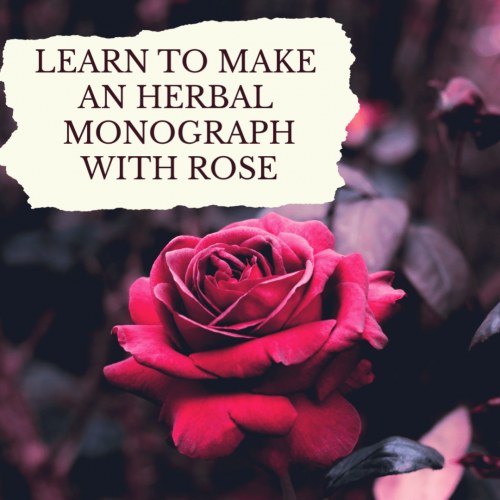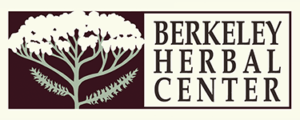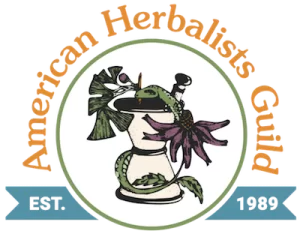
It’s almost officially summer and that means you’re going to see a whole lot of flowers!
Of course, they’re beautiful, and we’re almost as obsessed with stopping to smell them as the bees, but there’s something else that makes us excited about the flowers – plant identification.
If you’re going to be using plants as medicine, properly identifying them is the most important first step. Please don’t use plants unless you are 100% sure
A good example? Hemlock (which will kill you) looks quite a bit like yarrow or wild yam (good medicines) in the early parts of the spring. SO BE CAREFUL.
Study the plants, do your research, and make monographs so you know the plant you’re working with intimately before you go making medicine Willy Nilly with it!
We teach this in depth within the first few classes of our Herbalist Training Programs because our students are required to create more than 100 of herbal monographs throughout the first part of their training.
An herbal monograph is an easy guide to botanical and therapeutic information about a plant. You can buy books of monographs that are just lists of facts about individual plants.
We highly recommend finding herbal medicine books that you resonate with, that are written by trusted herbalist authors, and do your own research. This will help you connect with the plant more profoundly and you will learn more about the medicine that way.
We encourage all of our students to find the setup and information that best supports their herbal path. You should include the most relevant information about the plant – its habitat and appearance is important along with the uses of the plant and its actions in the body. Here is a very common “shell” of an herbal monograph:
Family:
Description:
Habitat:
Actions:
Constituents:
Prep/dosage:
Medicinal Uses:
Contraindications:
Personal Use:
References:
Other things you can add are things like planetary connections, how to grow the plant, recipes for eating them, other modalities like TCM or Ayurveda, folklore, flower essences, uses for pets – this is really up to you.
Since nothing is quite as identifiable as the rose, especially during this season we thought it would make a wonderful monograph to share with you.
This is a working herbal monograph from one of our students so you’ll see that it has everything from our shell plus a little bit more that suits her needs as a practitioner.
Family: Rosacea
Description
Habitat/To Grow
Energetics: cooling – drying – sweet and bitter
Actions: astringent, cardio tonic, antiscorbic, stomachic, diuretic, antidepressant,
Constituents (Mars)
Flower: essential oils, quercitrin, malic acid, tartaric acid
Hip: carotenes, Vit B1&2, C, K, E, flavonoids, calcium, iron, zinc, tannins, polyphenols, malic acid, pectin, vanillin, potassium, manganese, magnesium, potassium, selenium, silicon, sulfer
Prep/Dosage Hips/Petals
Tincture: 15-40 drops three times a day (standard tinctures making)
Infusion: 6oz three times a day (1 tsp to 8oz water steeped 10 minutes)
Infused Decoction: 4-6oz 1-2 times per day (3tsp hips to 8oz water, simmer 10 minutes, steep 8 hours)
Cold Infusion: 6oz 1 time per day between meals (2 tbsp crushed hips to 16oz water, 20 minutes)
Flowers
Hips
Flower Essence
Pets
This is very safe for pets and can be used similarly to how we use it with humans.
History, Folklore, and Other Uses
Edible
Contraindications
Personal Use
References
Tilford, G., & Tilford, M. (2009). Herbs for pets: The natural way to enhance your pet’s life(2nd ed.). Laguna Hills, Calif.: BowTie Press.
Alfs, M. (2003). 300 Herbs Their Indications and Contraindications. New Brighton, MN: Old Theology Book House.
Mars, B. (2007). The desktop guide to herbal medicine: The ultimate multidisciplinary reference to the amazing realm of healing plants, in a quick-study, one-stop guide. Laguna Beach, CA: Basic Health Pub.
Grieve, M. (Maud). (1931) A Modern Herbal; the Medicinal, Culinary, Cosmetic and Economic Properties, Cultivation and Folk-Lore of Herbs, Grasses, Fungi, Shrubs, & Trees with All Their Modern Scientific Uses. New York :Harcourt, Brace & company.
Martin, L., (1987). Garden Flower Folklore. Connecticut: Globe Pequot Press.
McIntyre, A. (1996). Flower power: Flower remedies for healing body and soul through herbalism, homeopathy, aromatherapy, and flower essences. New York: Henry Holt and.
Image from Jeanne Blanche on unsplash
Support Our Work
Berkeley Herbal Center is a 501(c)(3) organization, so all donations are tax deductible. Tax ID #14-1975183
If you would like to donate by check or cash, please send an envelope addressed to:
Berkeley Herbal Center
1250 Addison St., #G
Berkeley, CA 94702

